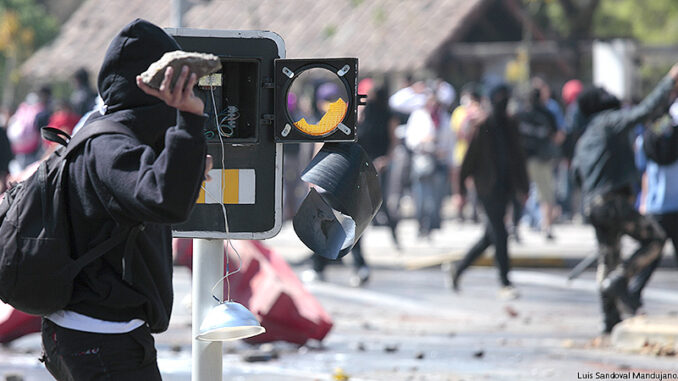
It has been less than a year since the shooting death of Michael Brown in Ferguson, Missouri brought to boil our nation’s long-simmering tension between minority communities and law enforcement. Last month, a similar incident in Baltimore, Maryland thrust the subject back into the national consciousness.
What Happened?
On April 12, Baltimore police arrested a 25-year-old black man named Freddie Gray for an alleged possession of an illegal switchblade. While in custody, Gray sustained severe injuries to his spinal cord and was taken to the hospital. Details of what transpired between the arrest and arrival at the hospital are not fully clear. An interpretation of a video made at the scene suggests that Gray may have been injured during the arrest on the street. Others believe he may have harmed himself (although medical experts have said the severity of the injuries make that unlikely). The police confirmed that Gray was not properly secured inside the vehicle by a seatbelt–which is a violation of law enforcement policy. A deliberately rough ride may have led to the injuries. The six officers on the scene repeatedly ignored Gray’s requests for medical treatment. Gray died a week later.
Demonstrations: The Peaceful and the Violent

On April 23, protestors gathered outside of the police station to voice their objections against the excessive use of police force. Together, the protesters marched to City Hall. Gatherings continued, mostly without incident, until the day of Gray’s funeral, when violence erupted in the northwest Baltimore neighborhood of Mondawmin. Angry citizens busted store windows, set fires, and threw rocks at police who lined the streets in riot gear. More than 200 businesses were destroyed and nearly 500 people were arrested.
Maryland Governor Larry Hogan declared a state of emergency and called in the 5,000 National Guard members to help restore order. Schools were temporarily closed. Baltimore Mayor Stephanie Rawlings-Blake announced a week-long curfew for all citizens from 10:00pm to 5:00am. The Baltimore Orioles postponed one baseball game and then played another in an empty stadium (to avoid large gatherings of people). This event marked the first time in major league baseball history that a game was closed to the public.
A medical examiner ultimately ruled Gray’s death a homicide. The federal Justice Department announced a civil rights investigation. The state’s attorney called Gray’s arrest illegal, saying that no crime had been committed and that the officers failed to establish probable cause for the arrest. All six officers were charged with felonies, ranging from involuntary manslaughter to “second-degree depraved heart murder”–meaning indifference to human life. The announcement of the charges helped to ease the intensity of the rioting around Baltimore.
Rebuilding Trust
By May 2, the city’s curfew had been successfully lifted and the National Guard began winding down its operations. Demonstrations continue, but are reportedly less violent than those held immediately after Gray’s funeral. While the overwhelming sight on the news is of angry crowds being forced by the police to honor the nightly curfew, many citizens of Baltimore are banning together in an effort to clean up the city. In a recent speech, President Obama did not accept any excuses for the violence. But he also accused the media of sensationalizing the situation by only focusing on rioters and looters, choosing to ignore those citizens attempting to solve more complicated problems that effect many cities.
